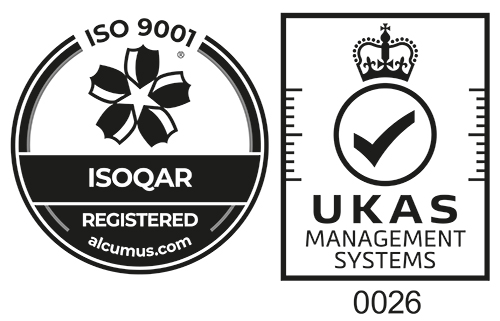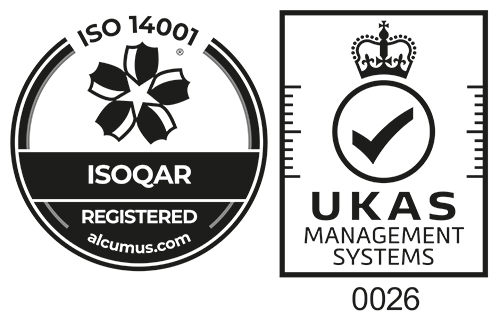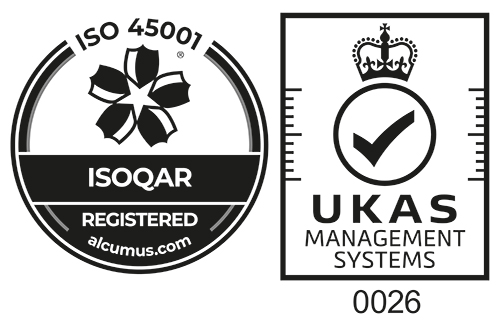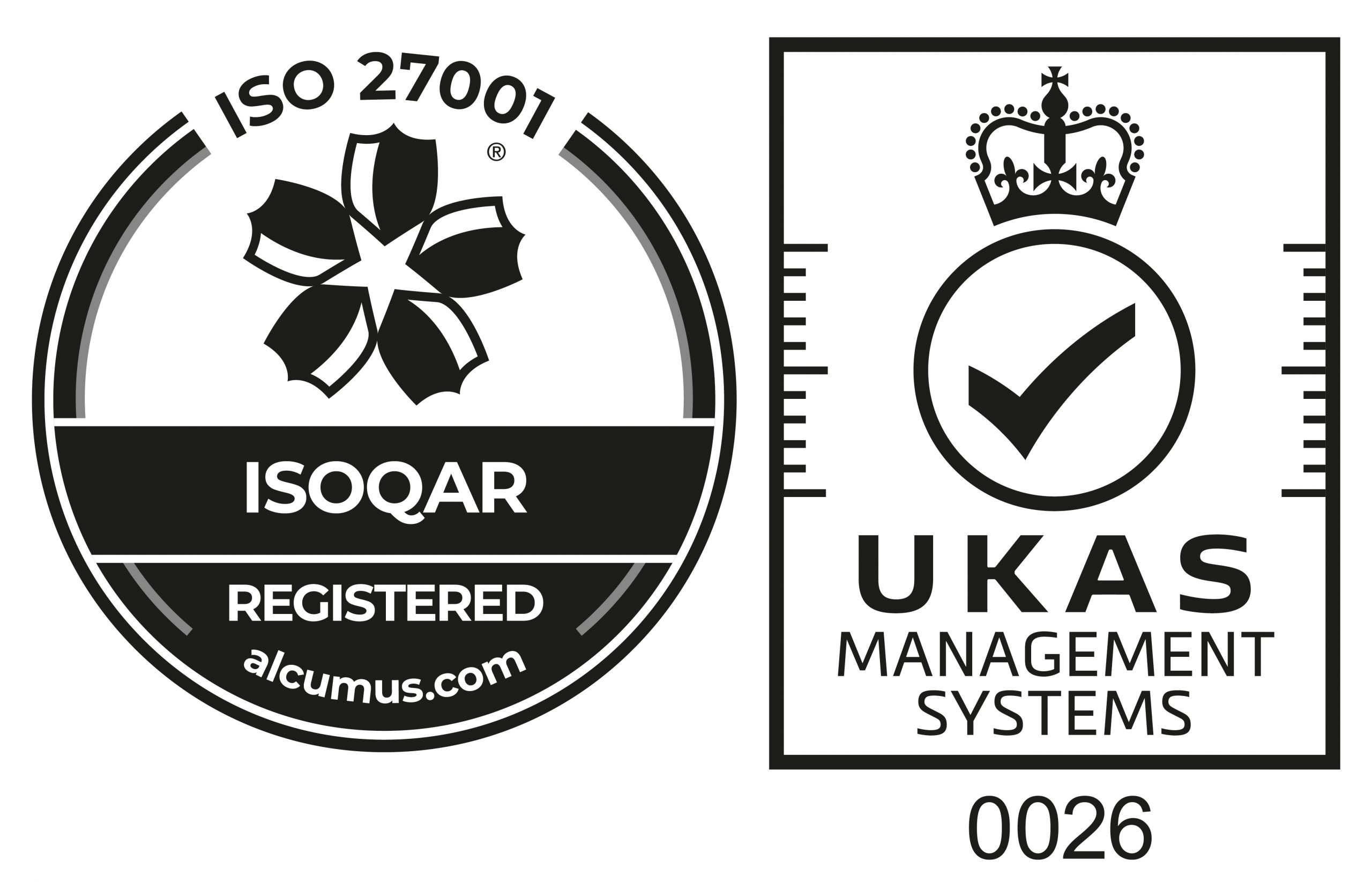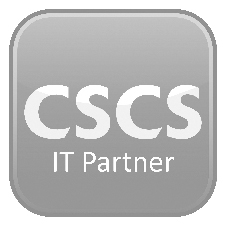Training operatives in health and safety matters in the workplace such as construction was seen as a time consuming, costly, disruption to operations and an added expense that brought little benefit to an organisation – an investment without payback.
But in recent times that assumption is wrong and has been proven incorrect. Unfortunately, year on year, employees in the construction industry are injured through accidents that could so easily have been avoided through a little basic training in health and safety matters.
through accidents that could so easily have been avoided through a little basic training in health and safety matters.
The benefits of health and safety training in a construction environment are many, providing benefits for the employer, but more importantly, benefits for the employee – the person most at risk.
Initially spending a short time discussing health and safety matters during an employee induction is the best first step towards maintaining a low accident rate and keeping lost man hours through sickness and injury to a minimum. Insurance companies look preferably towards employers who take health and safety matters seriously and premium rates will often reflect this.
Risks Exist in Every Workplace
Contractors must follow the rules of the health and safety at work act of 1974 and have a duty of care for employees and all visitors on work site. As a consequence, contractors must carry out detailed risk assessments of all work areas and processes, and record these findings. If any significant risks are identified then measures must be put in place to reduce these risks.
[vc_video link=”https://www.youtube.com/watch?v=0OPQUmy47OI” el_width=”60″ align=”center”]
All risk assessments must be recorded with actions agreed to control in a timely manner to minimise identified risks. All employees must be notified of risks and any procedures or methods implemented to ensure personal safety, including the use of protective equipment.
Health and Safety Training – The First Step
Many construction companies carry out induction training for new operatives on their first day of project work, to discuss and impart information not always covered during interview stage. It is here that very often the rule book will be issued, with its finer details explained for clarity and understanding. Points covered during induction might include:
i). How and when wages are paid
ii). Lines of authority and communication
iii). Explanation of site evacuation process
iv). What to do in the event of sickness or absentee from work
v). How to report an accident or near miss incident at work
vi). Disciplinary procedures
The above list is far from complete – induction training will generally involve a thorough explanation of the employee’s duties and responsibilities, including any associated safety risks.
Checklists are Quick and Easy
Checklists are a quick and easy way to cover relevant health and safety issues at employee induction training – a single sheet containing numerically listed points of interest will often suffice for this purpose.
The company representative carrying out the induction will bring the employee’s attention to relevant health and safety issues, one by one. A health and safety induction record may include some of the following important issues that the employee should be familiar with;
i). Site evacuation procedure
ii). Risks associated with the employee’s working environment and duties
iii). Fire precautions and location of fire fighting equipment
iv). Safe manual handling and use of specific equipment and machinery
v). Accident and near miss reporting
vi). The importance of personal protective equipment
vii). Any health monitoring carried out by the employer
Again, this list is by no means complete. A health and safety checklist should be with organised with right thoughts and consideration and should include all processes and activities carried out by the operatives on a construction site.
Following review and completion of the induction checklist, the employer should verify the employee understands each and all points discussed and should sign the document to confirm understanding. This document is important and should be stored in a controlled manner within individual employee files. It could prove an invaluable document at a later date.
Health and Safety Training and E-Learning
Health and safety induction training can be done online, but the trainer will need some kind of training in order to adequately and efficiently carry out these important duties. Many organisations will appoint a specialist in health and safety training needs to conduct it. The trend toward online induction training is on the increase due to its flexibility and self driven pace of learning. Online induction training is very cost & time effective for the employers or main contractors.
Lost man hours, loss of production, and increases in insurance premiums can all result due to neglecting health and safety training in the workplace. Litigation and compensation claims could easily arise sometime in the future. Training employees in health and safety at induction is only the first step toward ensuring a safe working environment.
Mosaic provides unique competency management system that has the ability to provide one solution to factors such HR and health & safety consultancy, occupational health, online induction and training.To register your interest or know more about how Mosaic can transform your operational processes, please call us on 01509 269669 or visit: mosaicmanagementsystems.co.uk.
Source: HSE.gov.uk









